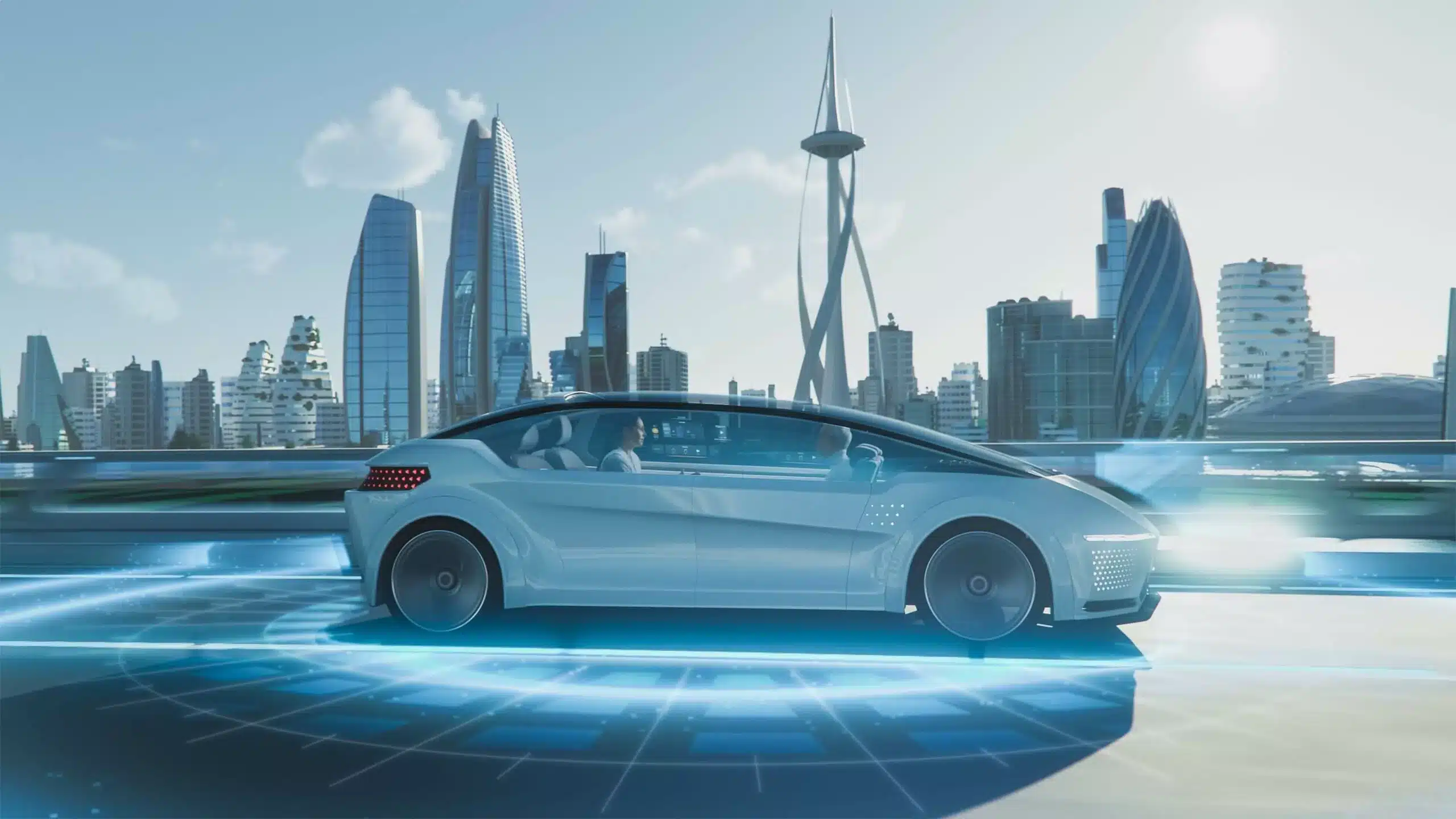Admis Asia: Insights into the Dynamic Asian Market
Exploring the latest trends and developments across Asia.
Driverless Dreams: Navigating the Future of Autonomous Vehicles
Explore the world of driverless cars and discover how autonomous vehicles will reshape our roads and lives in the near future!
Understanding the Technology Behind Autonomous Vehicles: A Comprehensive Guide
Understanding the technology behind autonomous vehicles involves delving into a range of advanced systems and components that work seamlessly together. At the core of these vehicles is Artificial Intelligence (AI), which enables them to interpret sensor data and make real-time decisions. Various sensors, including lidar, radar, and cameras, are crucial for creating a detailed map of the surrounding environment, allowing the vehicle to navigate safely. Additionally, machine learning algorithms enhance a car's understanding of its environment by continuously improving based on collected data and experiences.
Another vital aspect of autonomous vehicle technology is V2X communication, which stands for Vehicle-to-Everything communication. This technology allows vehicles to communicate with each other as well as with infrastructure like traffic lights and road signs, enabling better traffic management and improved safety. As highlighted in recent studies, V2X can significantly reduce accidents and enhance traffic flow, making roads safer for everyone. Understanding these components provides insight into how autonomous vehicles are designed and how they function, paving the way for their future in the automotive industry.

The Impact of Driverless Cars on Urban Transportation: Opportunities and Challenges
The advent of driverless cars promises to revolutionize urban transportation, presenting a myriad of opportunities that can reshape city landscapes. With enhanced safety features, autonomous vehicles are projected to reduce the number of traffic accidents caused by human error, leading to safer streets for pedestrians and cyclists alike. Furthermore, research from the National Highway Traffic Safety Administration suggests that driverless cars could also improve traffic flow, as they communicate with one another to optimize navigation and reduce congestion. This could free up valuable urban space currently dedicated to parking, paving the way for new green areas or essential services to emerge within cities.
However, the transition to driverless cars is not without its challenges. Concerns regarding job displacement for professional drivers cast a shadow over the promise of automation, as millions in the transportation industry may face unemployment. Additionally, the impact on jobs is a significant factor that urban planners and policymakers must address. Moreover, ethical and regulatory issues surrounding the technology—such as liability in the case of accidents—pose hurdles that must be overcome to fully integrate these vehicles into existing transportation systems. Balancing innovation with social responsibility will be crucial as cities navigate the complex implications of adopting autonomous vehicles.
What Are the Top Safety Concerns for Autonomous Vehicles?
The emergence of autonomous vehicles has revolutionized the transportation industry, but it also raises significant safety concerns. One of the primary issues is the reliability of the vehicle's sensors and software. As highlighted by Forbes, any malfunction in these systems could lead to serious accidents. Moreover, the capability of these vehicles to interpret complex driving environments and react appropriately poses another challenge. For instance, understanding pedestrian behavior or responding to unexpected road conditions is critical for ensuring safe operation. Additionally, the potential for software hacking presents a major cybersecurity risk that could compromise not only the vehicle but also the safety of its passengers and other road users.
Another safety concern associated with autonomous vehicles is the legal and ethical implications of their decision-making processes. Questions arise about how a vehicle should prioritize the safety of its passengers versus that of pedestrians, especially in emergency situations. According to a report by the RAND Corporation, the algorithms used in these vehicles must be programmed to adhere to ethical standards, which can vary significantly across cultures and jurisdictions. Furthermore, the transition period where autonomous vehicles share the road with human drivers adds complexity to the safety equation. Educating the public about how to interact with autonomous vehicles, as well as establishing clear regulations, is essential for mitigating risks during this transitional phase.